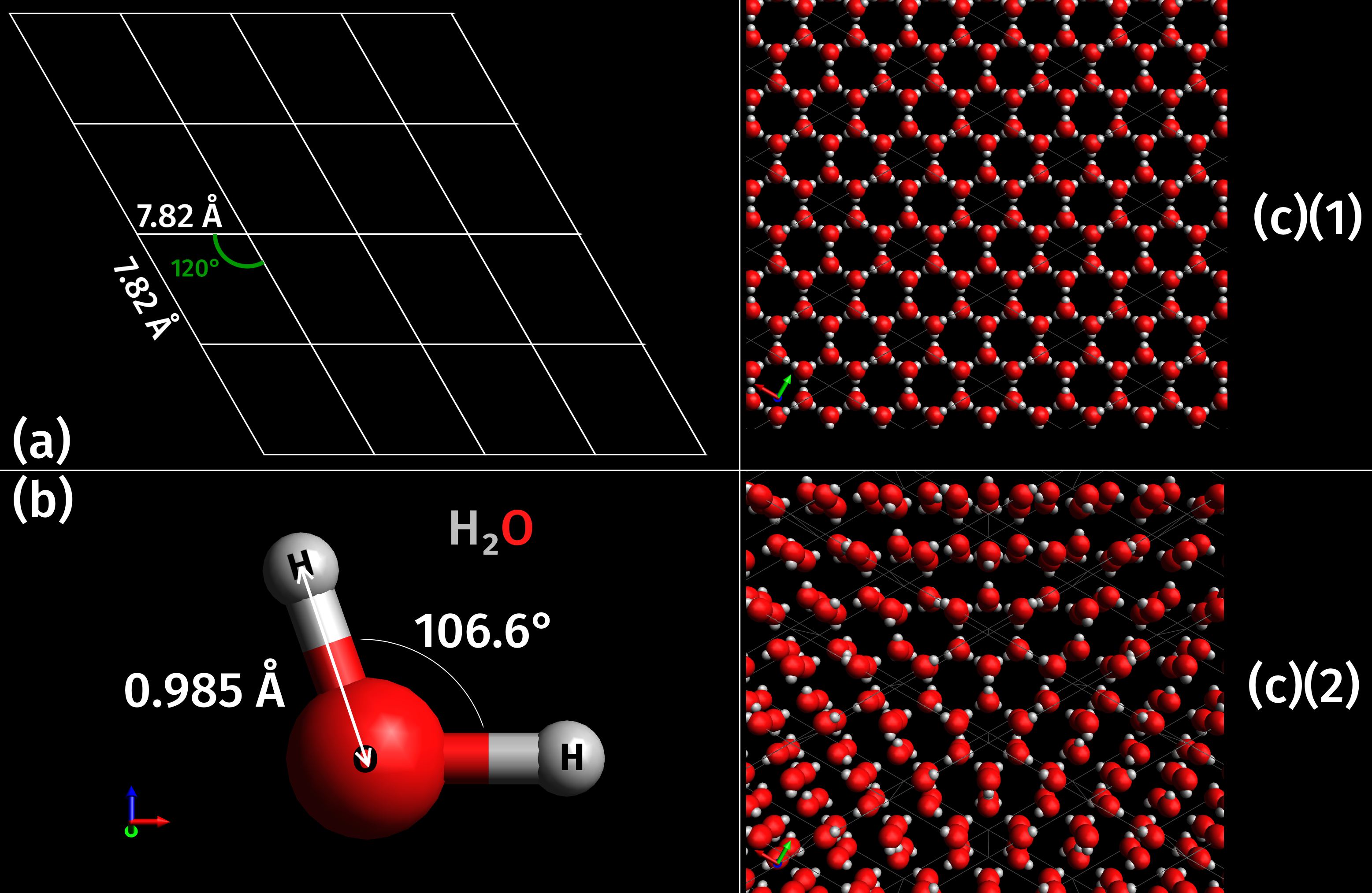|
Ice Axe
An ice axe is a multi-purpose hiking and climbing tool used by mountaineers in both the ascent and descent of routes that involve snow or ice covered (e.g. ice climbing or mixed climbing) conditions. Its use depends on the terrain: in its simplest role it is used like a walking stick, with the mountaineer holding the head in the center of their uphill hand. On steep terrain it is swung by its handle and embedded in snow or ice for security and an aid to traction. It can also be buried pick down, the rope tied around the shaft to form a secure anchor on which to bring up a second climber, or buried vertically to form a stomp belay. The adze is used to cut footholds, as well as scoop out compacted snow to bury the axe as a belay anchor. History The ice axe of today has its roots in the long-handled alpenstock that came before it. Not only is an ice axe used as a climbing aid, but also as a means of self-arrest in the event of a slip downhill. Most ice axes meet design a ... [...More Info...] [...Related Items...] OR: [Wikipedia] [Google] [Baidu] [Amazon] |
Ice Climbing
Ice climbing is a climbing discipline that involves ascending routes consisting entirely of frozen water. To ascend, the ice climber uses specialist equipment, particularly double ice axes (or the more modern ice tools) and rigid crampons. To protect the route, the ice climber uses steel ice screws that require skill to employ safely and rely on the ice holding firm in any fall. Ice climbing routes can vary significantly by type, and include seasonally frozen waterfalls, high permanently frozen alpine couloirs, and large hanging icicles. From the 1970s, ice climbing developed as a standalone skill from alpine climbing (where ice climbing skills are used on ice and snow). Ice climbing grades peak at WI6 to WI7 as ice tends to hang vertically at its most severe. WI7 is very rare and usually attributed to overhanging ice with serious risk issues (i.e. unstable ice, little protection, and a risk of death). Mixed climbing has pushed the technical difficulty of ice climbi ... [...More Info...] [...Related Items...] OR: [Wikipedia] [Google] [Baidu] [Amazon] |
Alps
The Alps () are some of the highest and most extensive mountain ranges in Europe, stretching approximately across eight Alpine countries (from west to east): Monaco, France, Switzerland, Italy, Liechtenstein, Germany, Austria and Slovenia. The Alpine arch extends from Nice on the western Mediterranean Sea, Mediterranean to Trieste on the Adriatic Sea, Adriatic and Vienna at the beginning of the Pannonian Basin. The mountains were formed over tens of millions of years as the African and Eurasian tectonic plates collided. Extreme shortening caused by the event resulted in marine sedimentary rocks rising by thrust fault, thrusting and Fold (geology), folding into high mountain peaks such as Mont Blanc and the Matterhorn. Mont Blanc spans the French–Italian border, and at is the highest mountain in the Alps. The Alpine region area contains 82 peaks higher than List of Alpine four-thousanders, . The altitude and size of the range affect the climate in Europe; in the mountain ... [...More Info...] [...Related Items...] OR: [Wikipedia] [Google] [Baidu] [Amazon] |
Jacques Balmat 2
Jacques or Jacq are believed to originate from the Middle Ages in the historic northwest Brittany region in France, and have since spread around the world over the centuries. To date, there are over one hundred identified noble families related to the surname by the Nobility & Gentry of Great Britain & Ireland. Origins The origin of this surname comes from the Latin ' Iacobus', associated with the biblical patriarch Jacob. Ancient history A French knight returning from the Crusades in the Holy Lands probably adopted the surname from "Saint Jacques" (or "James the Greater"). James the Greater was one of Jesus' Twelve Apostles, and is believed to be the first martyred apostle. Being endowed with this surname was an honor at the time and it is likely that the Church allowed it because of acts during the Crusades. Indeed, at this time, the use of biblical, Christian, or Hebrew names and surnames became very popular, and entered the European lexicon. Robert J., a Knight Crusader ... [...More Info...] [...Related Items...] OR: [Wikipedia] [Google] [Baidu] [Amazon] |
Ski Pole
Ski poles, also referred to as poles (in North America), sticks (UK), or stocks (Australia), are used by skiing, skiers for balance and propulsion. Modern ski poles are most commonly made from Aluminium, aluminum and Carbon fibers, carbon fiber, though materials such as bamboo are still used. Poles are used in alpine skiing, freestyle skiing (with the exception of aerials), and cross-country skiing. ski jumping, Ski jumpers do not use poles. History , the earliest ski pole was found in Sweden and dates back to 3623 BC, while the earliest depiction of a man with a ski pole was found in Norway in the form of a cave painting, dated at 4000 BC. Early skiers would use this pole for the purposes of balancing, braking, and turning. Alpine societies such as those in Nordic regions or the Altai mountains used their ski poles to hunt as well, giving them spear-like qualities. Skiers began to use two ski poles in 1741. This provided greater balance than one pole could provide and made pus ... [...More Info...] [...Related Items...] OR: [Wikipedia] [Google] [Baidu] [Amazon] |
Ice Axe Pick & Adze Protector
Ice is water that is frozen into a solid state, typically forming at or below temperatures of 0 ° C, 32 ° F, or 273.15 K. It occurs naturally on Earth, on other planets, in Oort cloud objects, and as interstellar ice. As a naturally occurring crystalline inorganic solid with an ordered structure, ice is considered to be a mineral. Depending on the presence of impurities such as particles of soil or bubbles of air, it can appear transparent or a more or less opaque bluish-white color. Virtually all of the ice on Earth is of a hexagonal crystalline structure denoted as ''ice Ih'' (spoken as "ice one h"). Depending on temperature and pressure, at least nineteen phases ( packing geometries) can exist. The most common phase transition to ice Ih occurs when liquid water is cooled below (, ) at standard atmospheric pressure. When water is cooled rapidly (quenching), up to three types of amorphous ice can form. Interstellar ice is overwhelmingly low-density amorphous ice (LDA) ... [...More Info...] [...Related Items...] OR: [Wikipedia] [Google] [Baidu] [Amazon] |
Ferrule
A ferrule (a corruption of Latin ' "small bracelet", under the influence of ' "iron") is any of a number of types of objects, generally used for fastening, joining, sealing, or reinforcement. They are often narrow circular rings made from metal, or less commonly, plastic. Ferrules are also often referred to as eyelets or grommets within the manufacturing industry. Most ferrules consist of a circular clamp used to hold together and attach fibers, wires, or posts, generally by crimping, swaging, or otherwise deforming the ferrule to permanently tighten it onto the parts that it holds. Examples *The sleeve, usually plastic or metal, on the end of a shoelace, preventing it from unraveling (called the aglet) *The metal sleeve which is crimped to hold the eraser in place on a pencil *The metal band that binds the bristles or hair of a brush to its handle *The metal ring which holds a chisel blade's tang to its handle *In fiber optic terminations, glass or plastic fi ... [...More Info...] [...Related Items...] OR: [Wikipedia] [Google] [Baidu] [Amazon] |
Fiber
Fiber (spelled fibre in British English; from ) is a natural or artificial substance that is significantly longer than it is wide. Fibers are often used in the manufacture of other materials. The strongest engineering materials often incorporate fibers, for example carbon fiber and ultra-high-molecular-weight polyethylene. Synthetic fibers can often be produced very cheaply and in large amounts compared to natural fibers, but for clothing natural fibers have some benefits, such as comfort, over their synthetic counterparts. Natural fibers Natural fibers develop or occur in the fiber shape, and include those produced by plants, animals, and geological processes. They can be classified according to their origin: * Vegetable fibers are generally based on arrangements of cellulose, often with lignin: examples include cotton, hemp, jute, flax, abaca, piña, ramie, sisal, bagasse, and banana. Plant fibers are employed in the manufacture of paper and textile ... [...More Info...] [...Related Items...] OR: [Wikipedia] [Google] [Baidu] [Amazon] |
Carbon
Carbon () is a chemical element; it has chemical symbol, symbol C and atomic number 6. It is nonmetallic and tetravalence, tetravalent—meaning that its atoms are able to form up to four covalent bonds due to its valence shell exhibiting 4 electrons. It belongs to group 14 of the periodic table. Carbon makes up about 0.025 percent of Earth's crust. Three Isotopes of carbon, isotopes occur naturally, carbon-12, C and carbon-13, C being stable, while carbon-14, C is a radionuclide, decaying with a half-life of 5,700 years. Carbon is one of the timeline of chemical element discoveries#Pre-modern and early modern discoveries, few elements known since antiquity. Carbon is the 15th abundance of elements in Earth's crust, most abundant element in the Earth's crust, and the abundance of the chemical elements, fourth most abundant element in the universe by mass after hydrogen, helium, and oxygen. Carbon's abundance, its unique diversity of organic compounds, and its unusual abi ... [...More Info...] [...Related Items...] OR: [Wikipedia] [Google] [Baidu] [Amazon] |
Kevlar
Kevlar (para-aramid) is a strong, heat-resistant synthetic fiber, related to other aramids such as Nomex and Technora. Developed by Stephanie Kwolek at DuPont in 1965, the high-strength material was first used commercially in the early 1970s as a replacement for steel in racing tires. It is typically spun into ropes or fabric sheets that can be used as such, or as an ingredient in composite material components. Kevlar has many applications, ranging from bicycle tires and sailcloth#Kevlar, racing sails to bulletproof vests, due to its high Specific strength, tensile strength-to-weight ratio; by this measure it is five times stronger than steel. It is also used to make modern marching drumheads that withstand high impact, and for Mooring, mooring lines and other underwater applications. A similar fiber, Twaron, with the same chemical structure was developed by Akzo in the 1970s. Commercial production started in 1986, and Twaron is manufactured by Teijin Aramid. History Poly- ... [...More Info...] [...Related Items...] OR: [Wikipedia] [Google] [Baidu] [Amazon] |





